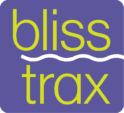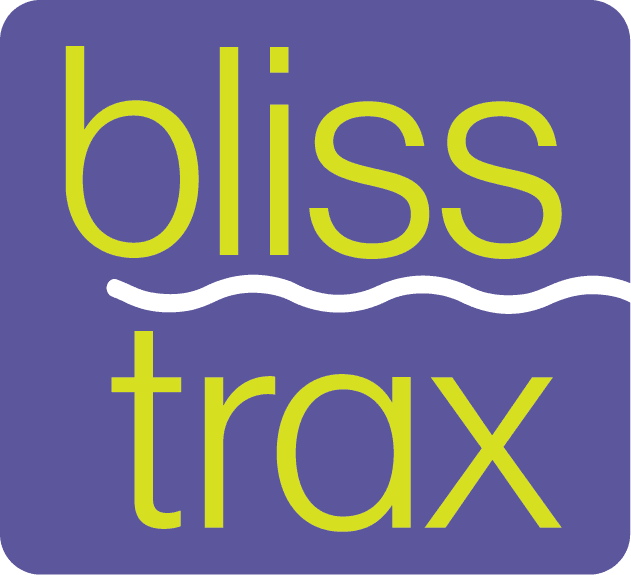Meditation is widely recognized for its ability to enhance mental clarity, reduce stress, and improve overall well-being. Traditionally, meditation involves sitting quietly and focusing the mind, which can be highly effective for mental health. However, moving meditation offers a dynamic alternative that incorporates physical activity into the practice, blending movement with mindfulness.
Moving meditation not only supports mental relaxation, but also provides physical benefits. Given the demands and pressures of modern life, integrating this form of meditation into your routine can be a valuable way to maintain balance and enhance overall health.
What Is Moving Meditation?
It is a technique that involves practicing mindfulness through physical activity, unlike traditional seated meditation which focuses solely on mental stillness. This form of meditation is growing in popularity due to the many physical and mental benefits it provides. Physically, it enhances flexibility, strength, and balance. Regular yoga practice, for instance, often leads to increased flexibility and lesser risk for injuries.
Mentally and emotionally, it reduces stress and fosters mindfulness. Practices like Tai Chi have been shown to lower stress levels and improve mood. By linking movement with mental focus, this practice deepens the connection between mind and body, supporting overall emotional wellbeing.
Types of Moving Meditation You Can Try
Even if this is the first time you’ve heard of moving mediation, there is a good chance that you are already very familiar with the many different ways of practicing it. Since the concept of moving meditation isn’t particularly new, it can be a little easier to begin and integrate into your weekly routine. The key is to find a moving meditation practice that aligns with your interests and physical capabilities:
Yoga
Yoga blends movement with breathwork to promote holistic health. Styles such as Hatha and Vinyasa offer varying focuses, from static postures to dynamic flows. Beginners can start with simple poses and gradually advance to more complex practices.
Tai Chi
Tai Chi features slow, controlled movements that emphasize relaxation and balance. Originating from China, it’s often described as a moving form of meditation that enhances both mental focus and physical health.
Walking Meditation
Walking meditation involves focusing on the sensations of walking, with each step serving as a mindfulness anchor. It’s a flexible practice that can be done anywhere and at almost any time. Plus, the increasing number of apps that are designed to aid moving meditation, like BlissTrax, makes it an easy addition to even the busiest lifestyle.
How to Implement Moving Meditation
Set Time Aside for It
Establish a consistent routine by dedicating specific times and spaces for your practice. Consistency helps build the habit and ensures you reap the benefits of moving meditation. How frequently you should practice moving meditation is up to you, but once you’ve settled on which days you’ll be doing it, do your best to follow that schedule. Once moving meditation becomes a habit, you can then start incorporating it into more situations. A good example would be getting in a quick walking meditation session on your way to your favorite deli during your lunch break.
Try Guided Classes or Start with a Group of Friends
When starting, you may want to consider signing up for a class at your local wellness studio or recreation center. This is a great way to start getting into your new routine as well as learning proper form and technique. Alternatively, you may want to try asking a group of friends to join you on your journey. Both options are a great way to make moving meditation fun.
Use Technology to Help You Get Started
If you do decide to start off on your own, do not hesitate to turn to technology for help. Online resources can be a great place to find guided videos to help you get started on the activity of your choice. There are also tools that can help track your consistency and progress.
Moving meditation merges physical activity with mindfulness, offering a unique approach to enhancing both mental and physical health. By exploring different practices and incorporating them into your routine, you can discover new ways to support your wellbeing with our relaxing music app.
Stress less with 21 days of BlissTrax for free:
• Use our relaxing music app designed to change your brain from a state of chaos to calm
• Find focus and flow state without closing your eyes to meditate
• Download the BlissTrax app and reduce stress and anxiety today


